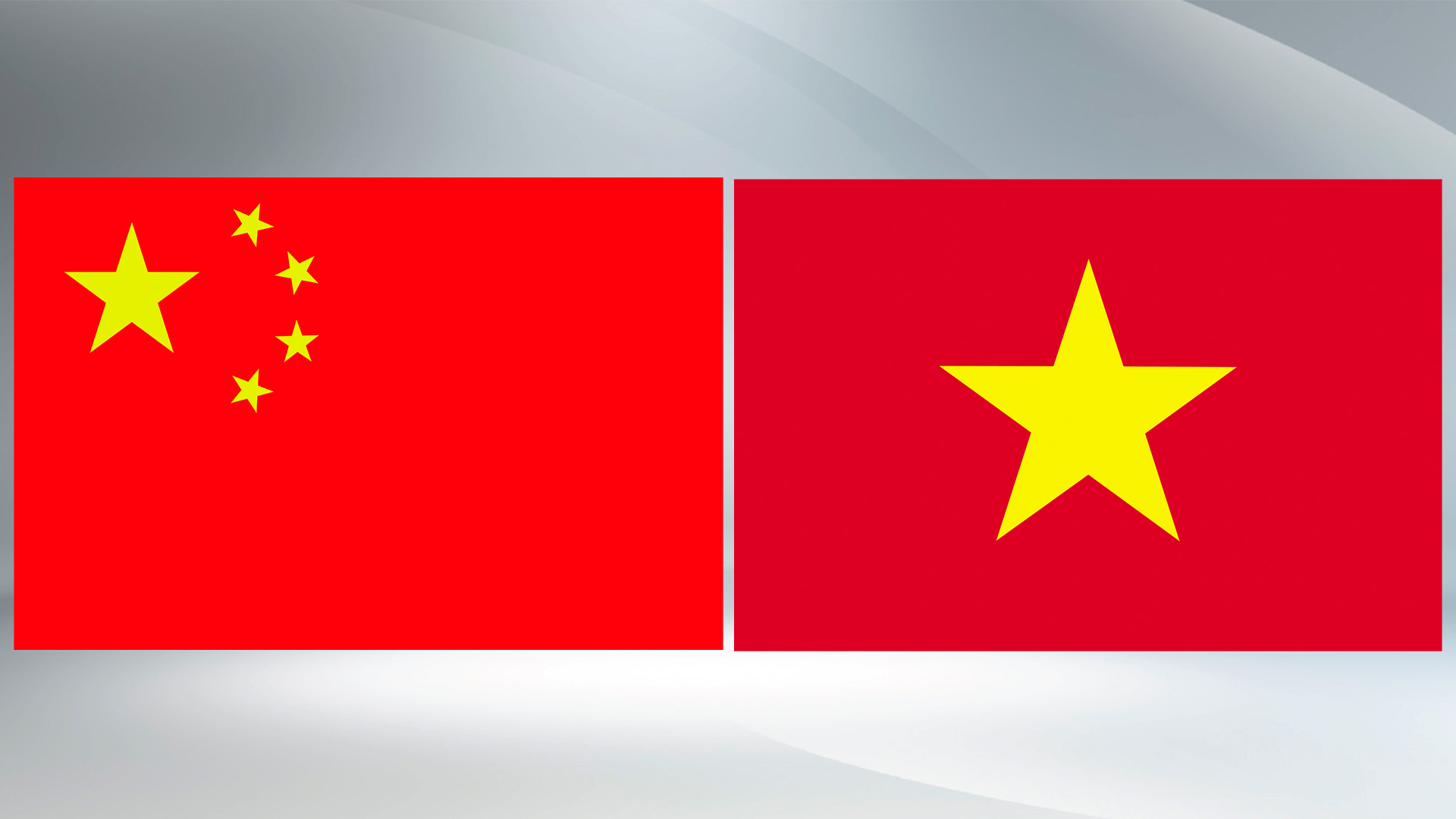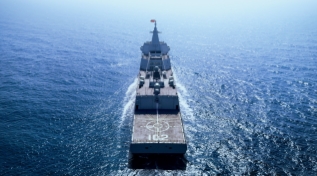By Zhang Weihua
On November 10, the Chinese government announced the baselines of the territorial sea adjacent to Huangyan Dao. Huangyan Dao is part of China's Zhongsha Qundao, which has all along been China's inherent territory. The release of the baselines of the territorial sea adjacent to Huangyan Dao by the Chinese government reflects the firm determination of China to uphold its sovereignty over the islands and reefs in the South China Sea. It not only helps to clarify the scope of future maritime rights protection and law enforcement activities but also prevents foreign vessels from inadvertently entering China's territorial waters and other jurisdictional sea areas, thereby reducing maritime disputes.
According to the1982 United Nations Convention on the Law of the Sea (UNCLOS), "the sovereignty of a coastal State extends, beyond its land territory and internal waters and, in the case of an archipelagic State, its archipelagic waters, to an adjacent belt of sea, described as the territorial sea." It also stipulates in the UNCLOS that "every State has the right to establish the breadth of its territorial sea up to a limit not exceeding 12 nautical miles, measured from baselines determined in accordance with this Convention." Therefore, the baseline of the territorial sea is an important basis for a country to determine the scope of its territorial sea.
In terms of the method for delimiting the baseline of the territorial sea, the UNCLOS not only recognizes the "normal baseline" method, which uses the low-water line along the coast as the baseline but also permits the use of the "straight baseline" method, which connects appropriate points to determine the extent of the territorial sea. The adoption of the "straight baseline" method to delimit the baseline of the territorial sea of Huangyan Dao fully complies with the relevant provisions of the UNCLOS. Huangyan Dao has always been China's territory. The Chinese government's legal delineation and release of the baselines of the territorial sea adjacent to Huangyan Dao is consistent with international law and common practices.
In recent years, the Philippines has continuously challenged China's sovereignty over islands and reefs and maritime rights and interests in the South China Sea. From promoting the South China Sea arbitration to attempting to induce foreign forces through the US-Philippines Mutual Defense Treaty, these evil deeds blatantly violated the principles of international law and seriously endangered the peace and stability in the South China Sea.
Recently, the Philippines issued the so-called Maritime Zones Act which aims to further solidify the illegal arbitral award on the South China Sea in the form of domestic legislation and illegally included China's Huangyan Dao and most of the islands and reefs of China's Nansha Qundao, and their relevant waters into the Philippines' maritime zones. This move severely violated China's territorial sovereignty and maritime rights and interests in the South China Sea. However, the US Department of State immediately issued a statement saying that it supported the Philippines' enactment of the above law. This fully exposes the Philippines' sinister intention of relying on the US to provoke China. In response, a spokesperson for the Chinese Ministry of Foreign Affairs said that the Chinese government "will continue to do everything necessary in accordance with the law to firmly defend China's territorial sovereignty and maritime rights and interests."
China's release of the baselines of the territorial sea adjacent to Huangyan Dao clarifies the 12 nautical miles of territorial sea adjacent to Huangyan Dao and demonstrates its firm determination to uphold sovereignty over the islands and reefs in the South China Sea. In the future, if Philippine or other foreign vessels illegally enter Chinese territorial waters, the Chinese Navy and Coast Guard will be authorized to lawfully expel them or take other law enforcement measures.
As an important armed force and law enforcement agency for safeguarding national sovereignty, security, and maritime rights, the China Coast Guard (CCG) issued a statement on issues related to Huangyan Dao on the same day China released the baselines of the territorial sea adjacent to Huangyan Dao. It was announced that CCG would continuously strengthen patrols and law enforcement in territorial waters off China's Huangyan Dao and relevant waters, resolutely maintain order in these waters, protect the ecological environment and biological resources, and safeguard China's territorial sovereignty and maritime rights and interests. It can be said that clarifying the territorial waters off Huangyan Dao helps the CCG to perform its duties, carry out maritime rights protection actions, and exert strong law enforcement pressure and deterrence against illegally invading foreign vessels. This, in turn, helps reduce the occurrence of maritime conflicts.
For a long time, China has been reminding the Philippine government that resolving relevant disputes between the two countries in the South China Sea through negotiations is not only the consensus and commitment between China and the Philippines but also the only effective way to manage differences between the two countries. The release of the baselines of the territorial sea adjacent to Huangyan Dao is not only a concrete measure for China to maintain peace in the South China Sea but also a warning to some Philippine politicians that they will be sanctioned if they illegally infringe on China's territorial waters. It is hoped that the Philippine government can face up to reality, abandon illusions, resolve the South China Sea disputes through negotiations, and cherish the peace and stability of the South China Sea.
(The author is from the Institute of International Law of the Chinese Academy of Social Sciences)
Editor's note: Originally published on china.com.cn, this article is translated from Chinese into English and edited by the China Military Online. The information and opinions in this article do not necessarily reflect the views of eng.chinamil.com.cn.













